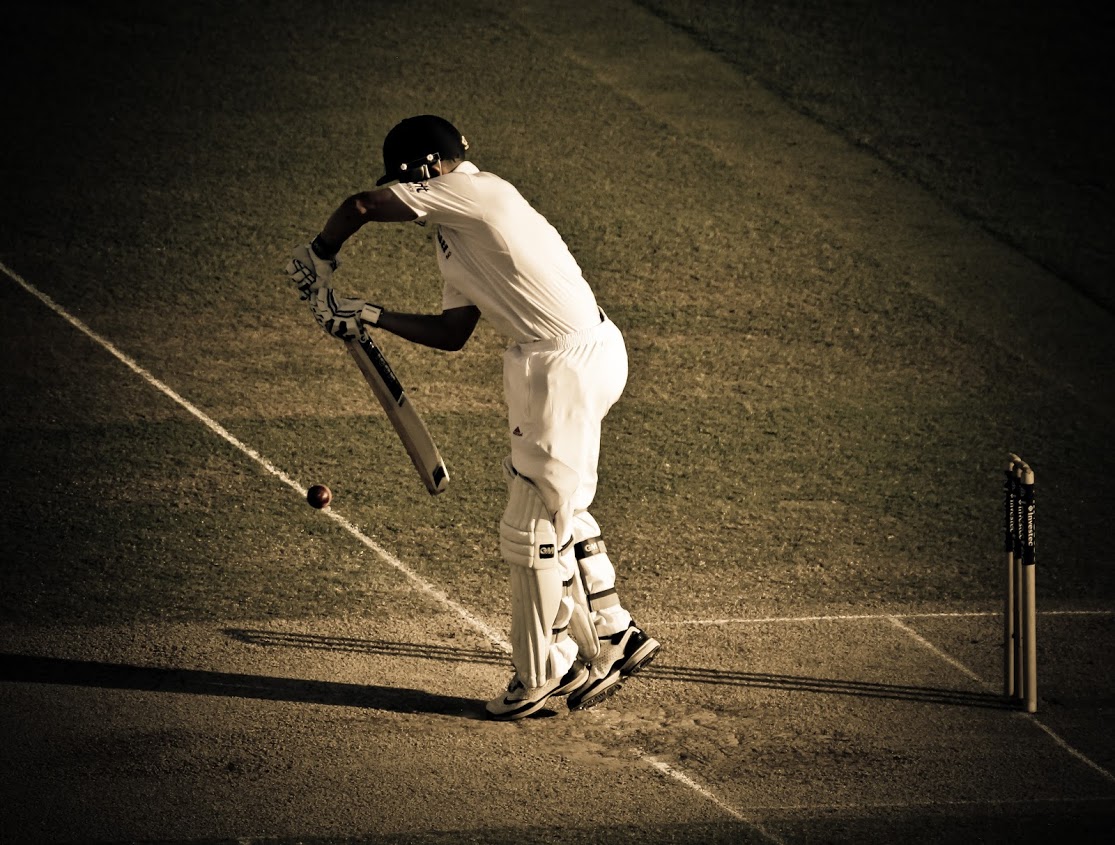Pakistan (338 and 15-0) beat England (192 and 160) by ten wickets
It’s hard to know where to begin after a day like that.
This might sound odd, but for some strange reason, I don’t feel particularly shaken by the events of this match, nor traumatised, and certainly not angry. My sentiments are no more significant than any other England supporter’s, of course, but I think emotions, of whatever tone, tend to colour one’s analysis of defeat.
The main reason to feel sanguine and keep things in proportion is that before this match we were undefeated in nine tests, of which we won seven. A reverse simply had to happen sometime, and a stark one, too; that’s how cricket works. Even the all-time great sides, to whom we aspire, lost occasionally.
What we don’t yet know is whether this was a blip, the start of a problem, or even a turning point. And the question everyone will debate endlessly over the next few days – so we may as get well get in first – is what went so disastrously wrong with our batting?
It always seems facile to me, finding a single cause to explain a batting collapse, especially two. Batsmen bat individually, completely separate from each other – and their mistakes and misjudgements are equally separate. It only takes one ball, and half a second, to get out. Repeat that six times within two hours and the innings is a write-off.
Cricket balls don’t care about what happened last over or what the scoreboard says – they’re only interested in stumps, pads, edges, and catching hands. Each delivery is a separate event.
All of which is a roundabout way of saying that our disaster in Dubai could just have been one of those things. Momentum is also part of it. Some days, one side is destined to best the other, wickets just happen, and everything goes their way.
When the positions are reversed, and it’s our opponents who collapse, we never think about the role the batting played. Instead we savour the triumph and skills of our bowlers, or the way fortune smiled on us.
Think back to Australia’s second innings of the Oval test in 2009. There was no reason why both Ponting and Clarke should both have been run out in close succession, and then Marcus North be stumped without moving his feet, by which means the innings collapsed. When we watch the DVD now, those wickets appear to fall only because the force was with us, not because of what the batsmen did.
Nevertheless, here are the main theories about why our batsmen floundered in Dubai.
Arrogance and complacency They said that after 2005 – it didn’t feel fair then, and certainly doesn’t now. Flower and Strauss would have sniffed out, then rooted out, any hint of either. All these players are still very hungry for success.
Ineptness against spin Maybe up to a point, but Gul did all the damage in the second dig.
England are always crap in Asia But this match wasn’t played in Asia – at least, not classical cricketing Asia.
Home advantage is more influential nowadays Michael Vaughan made this point powerfully a couple of years ago, and judging by the majority of recent results, there does seem to be something in it. However, Pakistan weren’t at home either – although admittedly the conditions were far less alien to them.
Rust This is surely the most likely factor. Our batsmen have played no meaningful cricket since August – their champagne form of last summer has become a memory, and their challenge of slipping straight back into the groove proved too stiff. Lack of conditioning not only eroded their judgment of the ball, but by dampening their rhythm and confidence provoked rash and fatal errors of shot selection.
Our batsmen either made mistakes or played rubbish shots The simplest explanation, and maybe the most accurate.
We’d welcome your thoughts on all the above, and also the question on where we go from here, for the second test. I’d like to make a bet with you. I’ll wager ten pounds that, in terms of selection, England will now do what they always do after a terrible batting performance: drop one of the bowlers.
Maxie Allen









